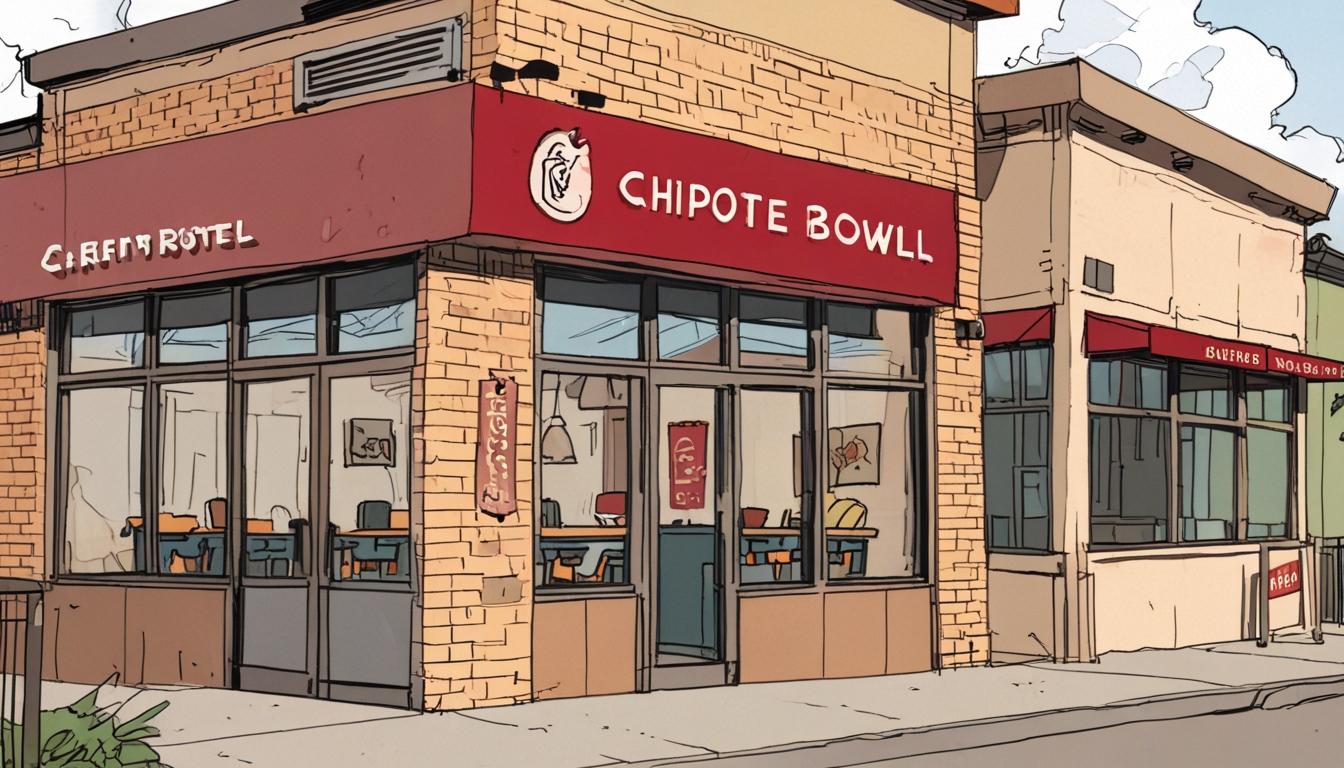Chipotle Mexican Grill has reported a slight decline in same-store sales during the first quarter of 2025, signalling potential shifts in consumer spending patterns that could have broader implications for the restaurant industry. According to the company’s earnings statement for the period ending March 31, Chipotle's comparable sales slipped by 0.4%. Additionally, the chain experienced a 2.3% decrease in comparable transactions, with spending notably slowing from February onwards, as revealed by the brand's internal research.
The company's CEO, Scott Boatwright, commented on the earnings call that economic uncertainty was a significant factor affecting consumer behaviour. He highlighted concerns stemming from federal spending cuts under the Trump administration, including reported illegal firings of federal workers, as well as unpredictable national trade policies. These elements appear to be contributing to restraint in consumer expenditures. Chipotle’s sales contraction is particularly notable given the brand's role as a leader in sales growth throughout the challenging economic environment of 2024.
Earlier in February, Chipotle had forecasted comparable restaurant sales growth for 2025 to be in the low to mid-single digit range. Despite the early-year decline, the company maintains this annual growth outlook in its earnings release. However, CFO Adam Rymer noted that, without improvement in economic conditions, these projections might be overly optimistic. Boatwright added that the negative trend in consumer traffic had persisted into April.
Rymer explained, “The trendline that we're on now probably gets you closer to that 0% to 1% [same-store sales growth] range. We believe that we can build upon that. How much? It really depends.”
While external factors such as adverse weather had some impact, executives emphasised that the prevailing macroeconomic challenges were the primary drivers behind the slowdown. Boatwright characterised the situation by saying, “The underlying trend here is the consumer sitting on the sidelines.”
Despite the headwinds, Chipotle continues to leverage its competitive pricing as a strong value proposition. Boatwright pointed out that the average cost of the chain's most popular items, such as chicken bowls or burritos, remains under $10, which is approximately 20% to 30% less than comparable fast casual meals and up to 50% less than similar offerings in some markets. This pricing strategy could potentially encourage consumers to substitute Chipotle for more expensive dining options rather than reduce their overall restaurant visits.
To support operational efficiency and reinforce value, Chipotle is investing in new equipment designed to enhance productivity. Boatwright detailed that the chain aims to install produce slicers across all locations by summer 2025 to ensure consistent ingredient portions and speed up food preparation. Additionally, a new equipment package featuring a dual-sided plancha for faster protein cooking, a three-pan rice cooker, and a high-capacity fryer will be integrated into new restaurants opening from the fourth quarter of 2025, with plans to extend the rollout to existing sites.
“We are now in the process of rolling out the equipment package to an additional 100 existing restaurants over the next few months. Based on the results, we can accelerate the rollout to all restaurants, which we believe we can complete over the next several years,” Boatwright explained.
Analysts appear confident in Chipotle's long-term prospects despite the short-term sales slippage. Sharon Zackfia, an analyst with William Blair, commented in a research note to Restaurant Dive that recent developments do not change the outlook on the brand’s growth potential. “Nothing in the past few months alters our view that Chipotle can ultimately be a much larger brand with thousands of incremental units generating stellar returns,” she observed.
As economic uncertainties persist through early 2025, Chipotle's experience highlights the challenges that quick-service restaurant operators face amid fluctuating consumer confidence and spending patterns.
Source: Noah Wire Services
